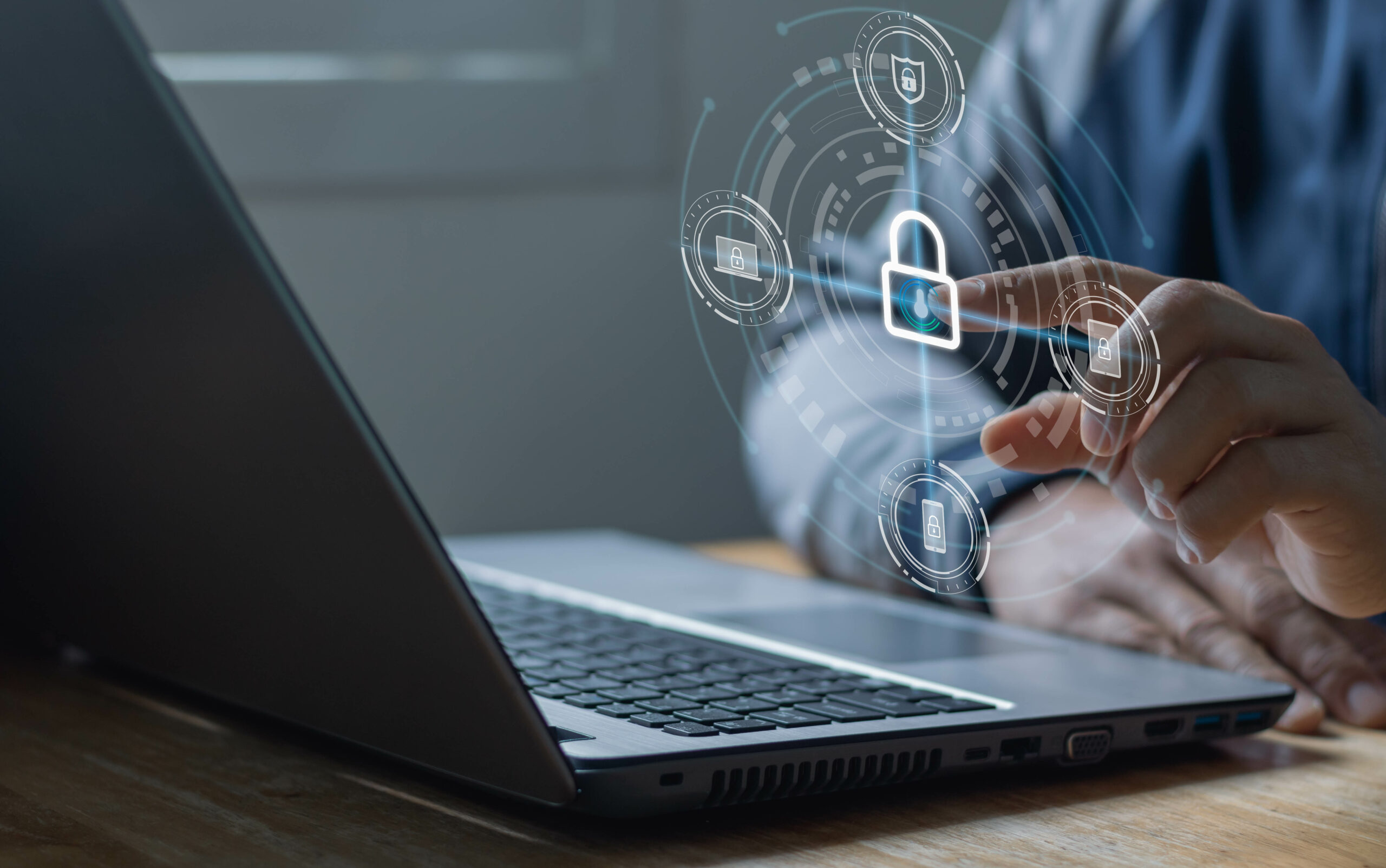
What is SOC for Cybersecurity?
Reputational damage, disruption of business operations, fines, litigation, and loss of business can all be consequences of a cybersecurity attack. Because of these consequences and the vast threat landscape, the AICPA saw a need in the industry that it could fill: a general use report that describes an organization’s cybersecurity risk management program and verifies the effectiveness of its controls. Thus, SOC for Cybersecurity was created. In April 2017, the AICPA announced its new cybersecurity risk management reporting framework, paired with a market-driven, voluntary SOC for Cybersecurity examination.
Benefits of a SOC for Cybersecurity Report
What organizations do, who they are, and what data they possess opens them up to new levels of cyber risks. Managing cybersecurity risks is challenging, even with a sophisticated cybersecurity risk management program. Organizations should do everything possible to prevent, detect, and mitigate cybersecurity risks. It’s more important than ever to demonstrate the extent and effectiveness of your organization’s cybersecurity risk management program. So, how could a SOC for Cybersecurity report benefit your organization? We believe these are the top four benefits of undergoing a SOC for Cybersecurity examination.
1. Protect Your Organization from Cyber Risks
Is any portion of your business conducted in cyberspace? If so, you’re open to new, complex threats and SOC for Cybersecurity was developed with you in mind. At its core, the purpose of a SOC for Cybersecurity assessment is to analyze the extent of effectiveness of your organization’s cybersecurity risk management program and better prepare it for the evolving threat landscape.
2. Move Your Organization into the Future
We’re seeing a shift in everyday language. It’s not all about information security anymore – it’s about cybersecurity. Cyber risks and threats impact businesses of any size, in any industry, anywhere around the globe. A SOC for Cybersecurity assessment could help your organization to keep up with trends and mature your organization.
3. Provide Assurance
Senior management needs information about their organization’s cybersecurity risk management program in order to meet business and cybersecurity objectives. There are all types of people who have a stake in your business and may ask for your cybersecurity information to fulfill their own oversight responsibilities – boards, investors, business partners, regulators, and even users.
A SOC for Cybersecurity examination does not report on the details of controls, the list of tests of controls
performed, or the results, which is why it is a general use report. A SOC for Cybersecurity examination also does not result in an expressed opinion on compliance with laws and regulations or privacy and processing integrity criteria. It does, though, validate cybersecurity controls that are in support of compliance, privacy, and processing integrity. After going through a SOC for Cybersecurity assessment, your organization should be able to answer questions like:
• Has your organization conducted a formal risk assessment specifically centered around cybersecurity?
• Has your organization established a set of policies, procedures, and controls related to cybersecurity?
• Is software, hardware, and infrastructure updated regularly as necessary?
• Has your organization developed and tested incident response procedures?
• What are your data backup and recovery policies?
• How is your organization protecting confidential information against unauthorized access, use, and disclosure?
4. Stand Out from the Competition
Because cyber threats are so prevalent and information systems are so interconnected, organizations want to work with business partners who are proactive in their cybersecurity efforts. Leveraging a SOC for Cybersecurity report as marketing collateral can help maintain loyal clients and attract new ones through your organization’s commitment to defending itself from cyber threats and assuring clients and prospects that their information is protected.
To learn more, contact a KirkpatrickPrice information security specialist today.



